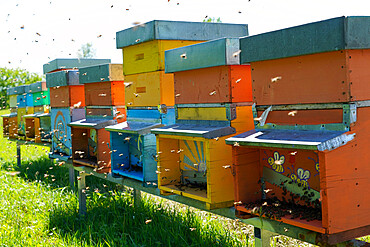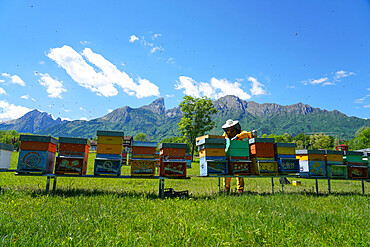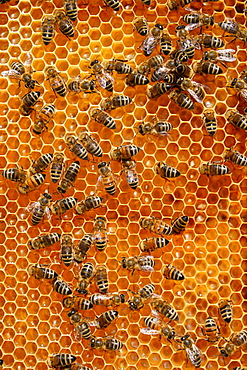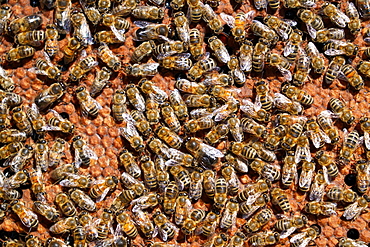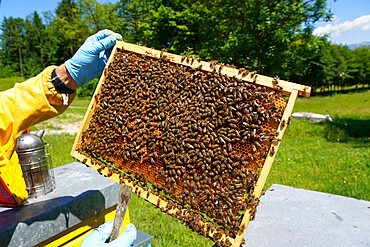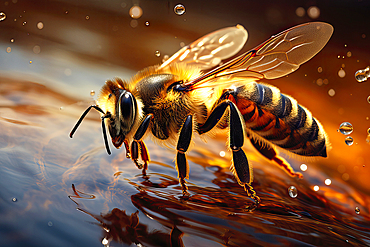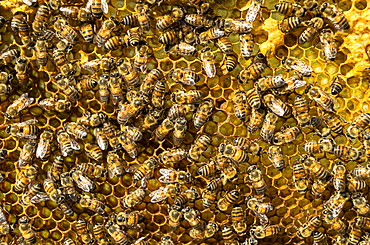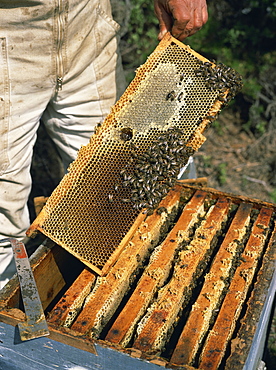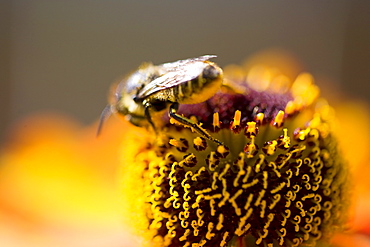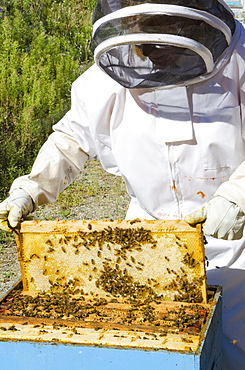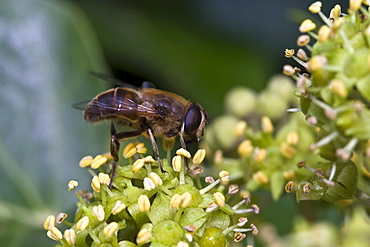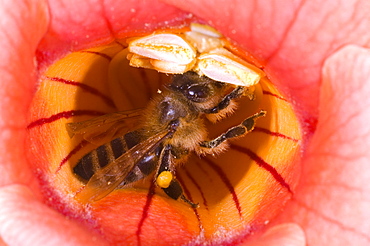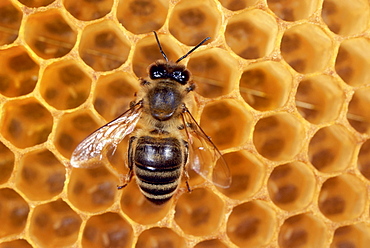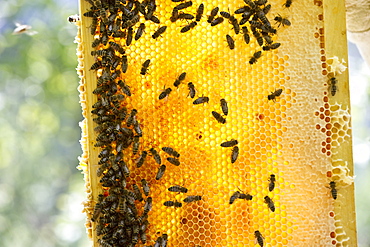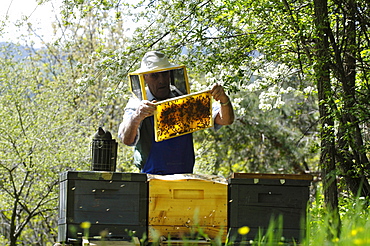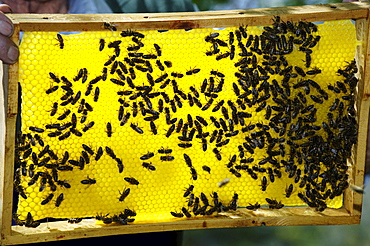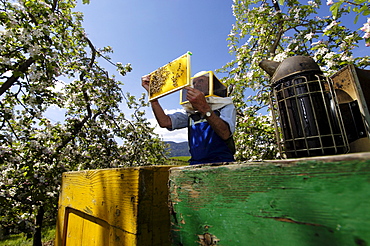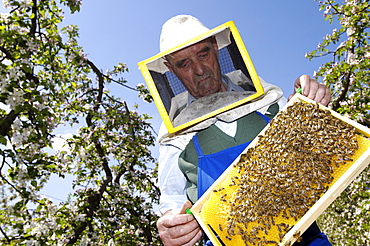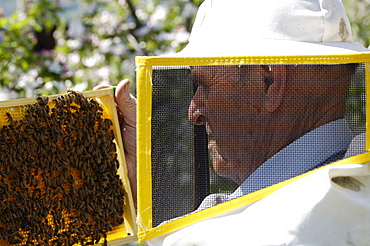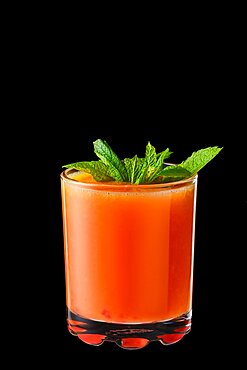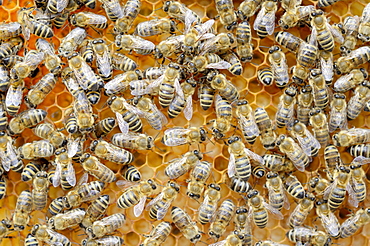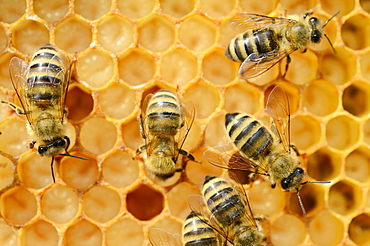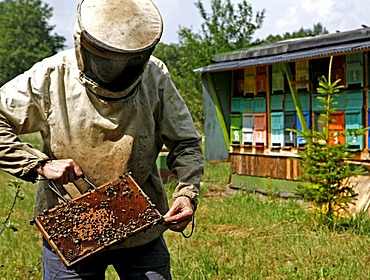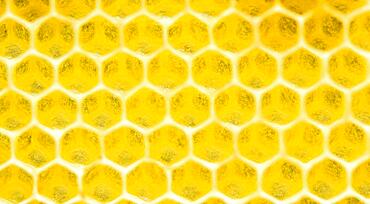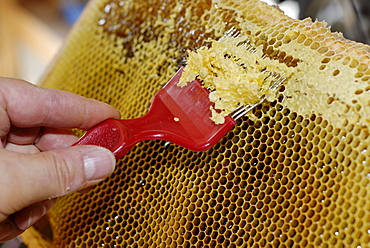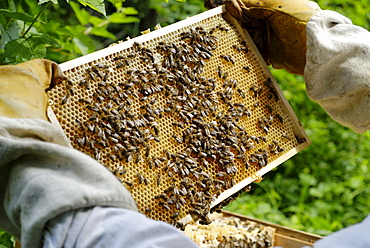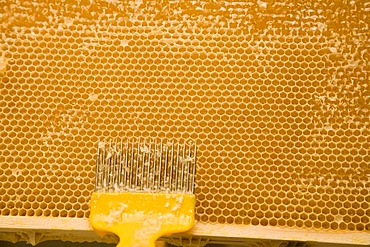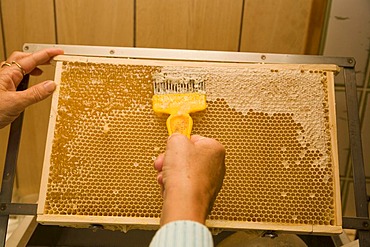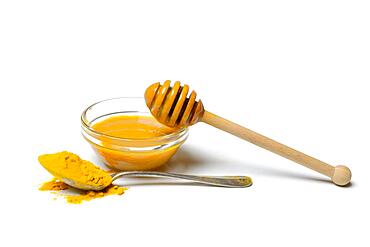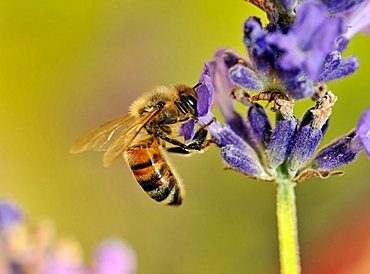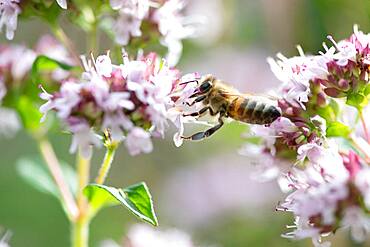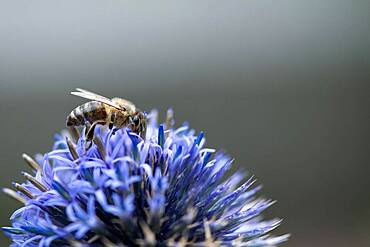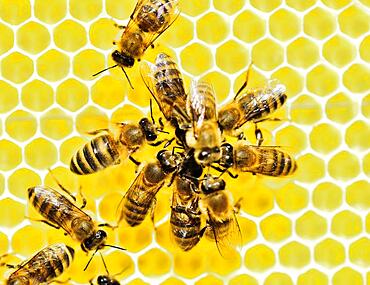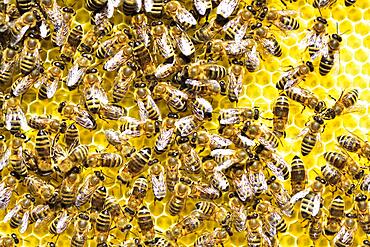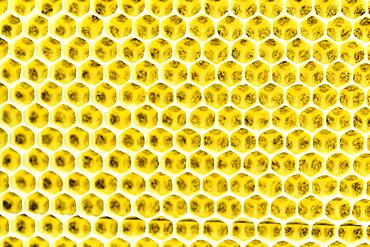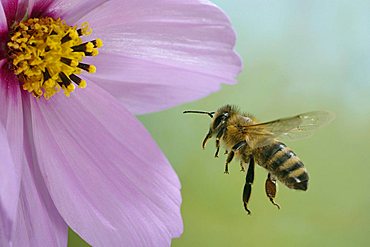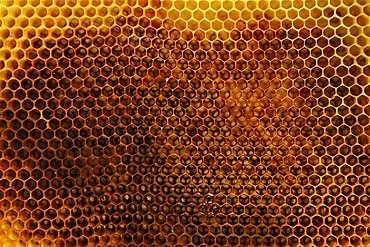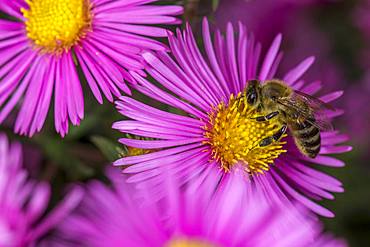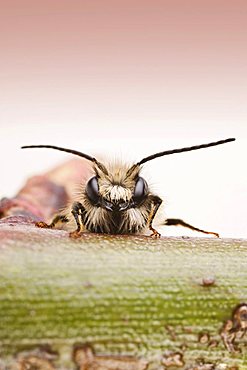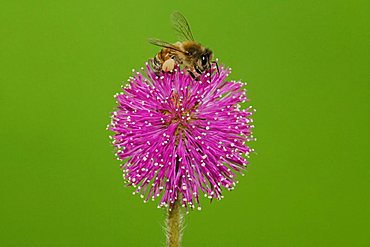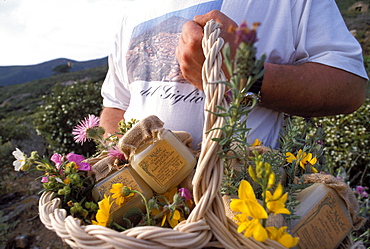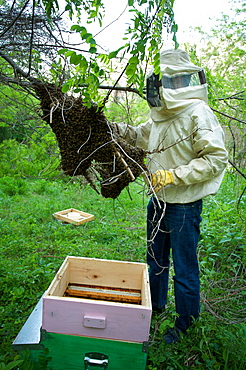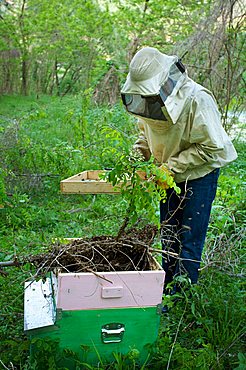Results
23 results found
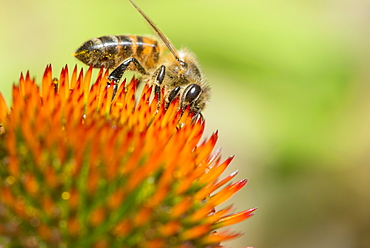
Honey bee (Apis mellifera) feeding on Echinacea sp. (cone flower) nectar, England, United Kingdom, Europe
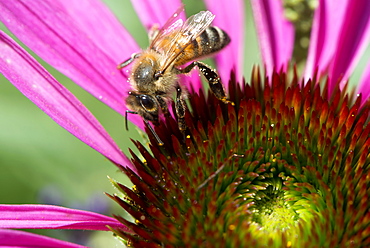
Honey bee, Apis mellifera feeding on Echinacea sp., or cone flower nectar. Honey bees are in trouble in many parts of the world but are doing well in urban areas where their exposure to pesticides, insecticides and fungicides is limited. Photographed in London, UK garden.

Honey bee (Apis mellifera) feeding on Echinacea sp. (cone flower) nectar, England, United Kingdom, Europe
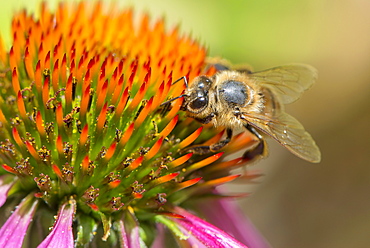
Honey bee (Apis mellifera) feeding on Echinacea sp. (cone flower) nectar, England, United Kingdom, Europe
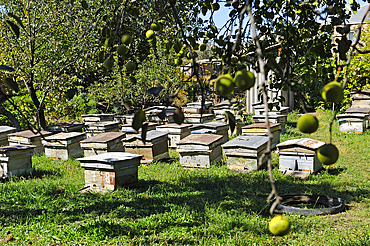
Bee hives in the garden of Raznik Mouradyan, beekeeper at Vedi, a village in Ararat plain, Artashat, Armenia, Eurasia

Honey tasting at Raznik Mouradyan's house, beekeeper at Vedi, a village in Ararat plain, Artashat, Armenia, Eurasia
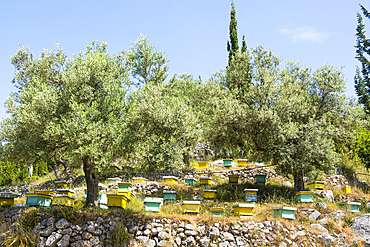
Bee hives set in an olive grove, Llogara National Park, a park centered on the Ceraunian Mountains along the Albanian Riviera in Southwestern Albania, Europe
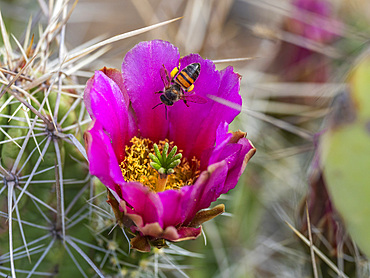
A western honey bee (Apis mellifera), on a strawberry cactus (Echinocereus enneacanthus), Big Bend National Park, Texas, United States of America, North America

Phacelia (Phacelia tanacetifolia) in front of ancient beehives in the Beekeeping Museum, Stripeikiai, Aukstaitija National Park, Lithuania, Europe
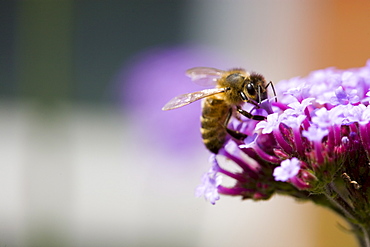
Honey bee gathering nectar from Verbena bonariensis flower in herbaceous border of country garden, UK

A bee with deformed wings as a result of attack by Varoa mites in a beehive in Cockermouth, Cumbria, England, United Kingdom, Europe

A bee with deformed wings as a result of attack by Varoa mites in a beehive in Cockermouth, Cumbria, England, United Kingdom, Europe
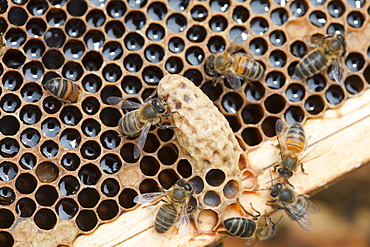
A queen cell in a beehive infected and damaged by the Varoa mite, Cockermouth, Cumbria, England, United Kingdom, Europe

A beehive infected and damaged by the Varoa mite, Cockermouth, Cumbria, England, United Kingdom, Europe

Bees are flying insects closely related to wasps and ants, known for their role in pollination and, in the case of the best-known bee species, the European honey bee, for producing honey and beeswax.
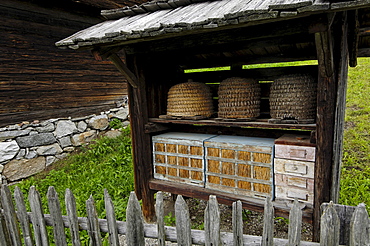
Bee hives in the South Tyrolean local history museum at Dietenheim, Puster Valley, South Tyrol, Italy
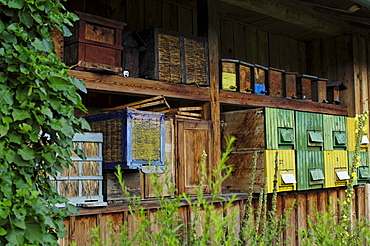
Bee hives in the South Tyrolean local history museum at Dietenheim, Puster Valley, South Tyrol, Italy
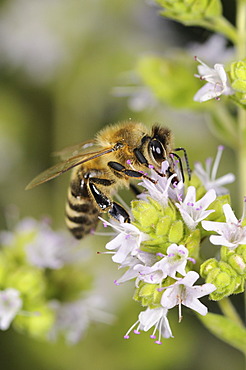
European honey bee or western honey bee (Apis mellifera) on flowering marjoram (Origanum majorana), Germany, Europe
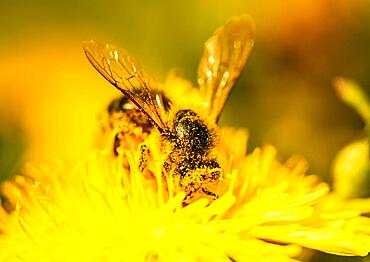
Honey bee covered with yellow pollen collecting nectar from dandelion flower, Important for environment ecology sustainability, Copy space

Honey bees (Apis mellifera), worker bees caring for the brood, on brood cells, larvae, circa 8 days, in honeycomb cells
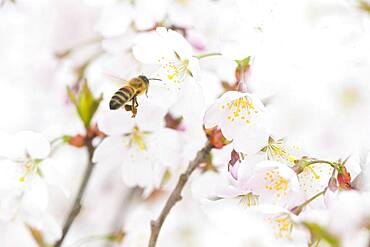
Honey bee (Apis mellifera) in flight in front of cherry blossoms (Prunus serrulata), Emsland, Lower Saxony, Germany, Europe

Beekeeper showing honeycomb, beekeeping in the Amazon rain forest is part of agricultural activity in a settlement of formerly landless peasants, land reform, Entre Rios Province, Mato Grosso, Brazil, South America

Honey bee (Apis mellifera) on cherry blossoms (Prunus serrulata), Emsland, Lower Saxony, Germany, Europe
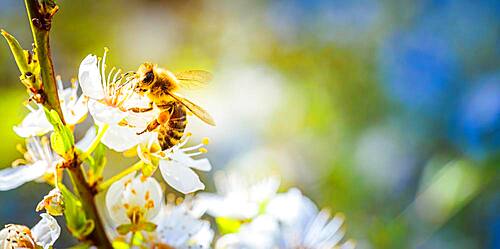
Close-up of a honey bee collecting nectar and pollen on the white flowers of a cherry tree, Austria, Europe

Honey bee (Apis mellifera) on yellow (Echinacea paradoxa) coneflower, Altona, Hamburg, Germany, Europe
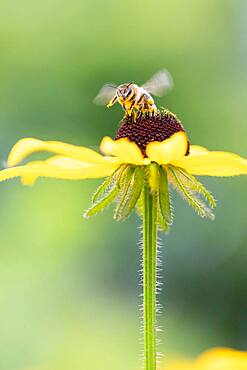
Honey bee (Apis mellifera) on yellow (Echinacea paradoxa) coneflower, Altona, Hamburg, Germany, Europe
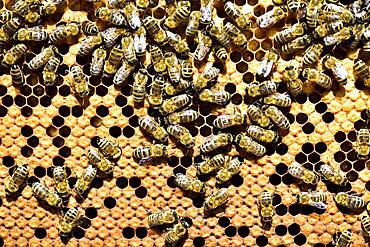
Workers of the honey bee (Apis mellifera var. carnica) on honeycomb with capped brood cells, Bavaria, Germany, Europe

European honey bee (Apis mellifera) flying to a true lavender (Lavandula angustifolia) blossom in a field near Valensole, Provance, France, Europe
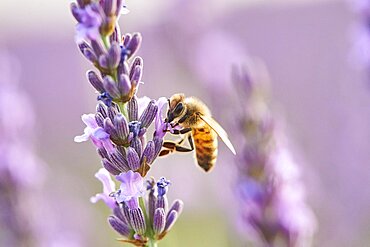
European honey bee (Apis mellifera) on a true lavender (Lavandula angustifolia) blossom in a field near Valensole, Provance, France, Europe
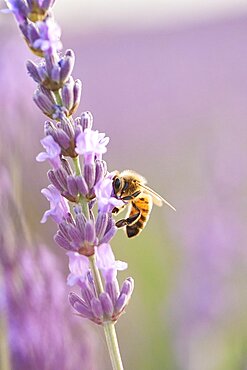
European honey bee (Apis mellifera) on a true lavender (Lavandula angustifolia) blossom in a field near Valensole, Provance, France, Europe

Typical Mallorcan honeycombs, Panades de sobrassada, Forn de Can Pomar. Campos, Mallorca. Balearic Islands. Spain.
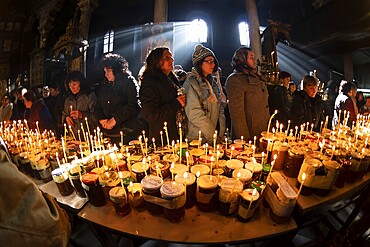
Blagoevgrad, Bulgaria - February 10, 2019: Worshippers light candles on jars with honey during a religious ritual marking the day of Saint Haralampi - the Orthodox patron saint of beekeepers - in the church of the Presentation of the Blessed Virgin
